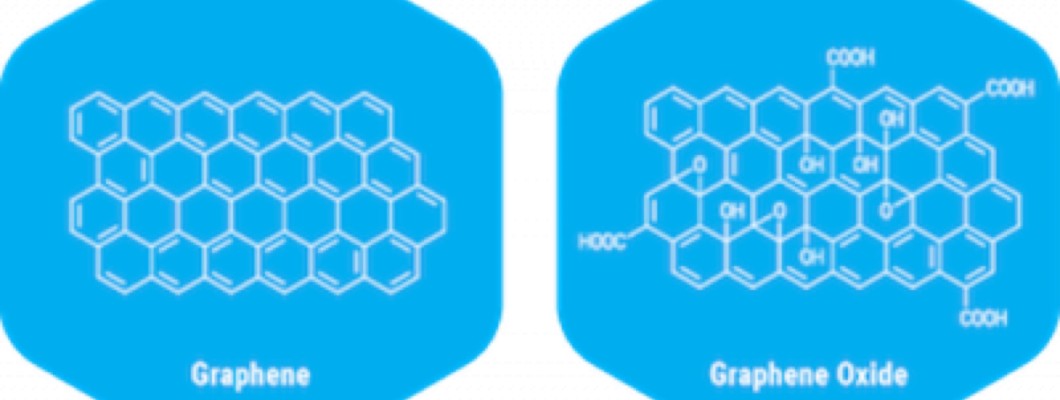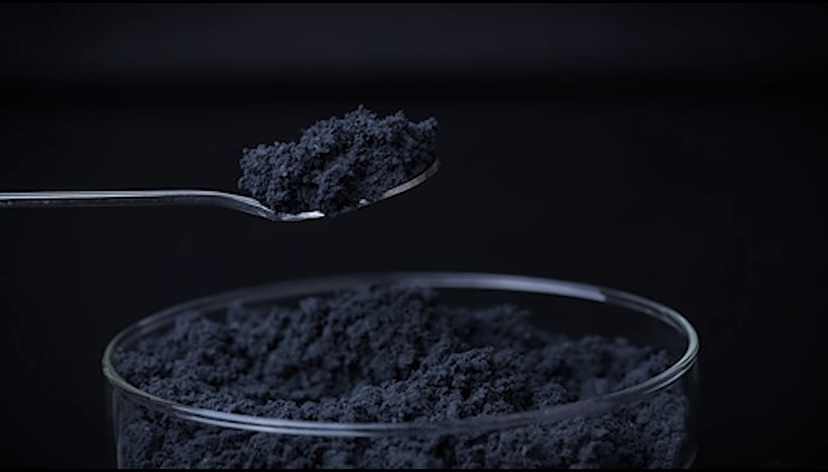
Reasons Why Graphene Oxide is Leading The Graphene Industry
The properties, applications, and potentials of Graphene oxide.
Carbon, one of the most abundant elements - never ceases to amaze us with the appearance of newer and newer forms. No other substance has such a wide variety of compounds. With its variety of simple forms, carbon once "..blew up the naive notion that every element exists only in the form of one simple substance" and continues to do so until now.
Graphene is the Nobels' version of carbon. Probably the most common term in the nanomaterials' field since the beginning of the twenty-first century. This term defines the two-dimensional nanomaterial with incredible properties and is made of one of the common elements, carbon (C). In addition, carbon is the only element in diamonds' structure and therefore, the uniqueness of graphene is that it shares a property with diamond, the hardness. However, graphene is much harder than diamond, it is actually the hardest known material in the world.
The emergence of graphene, a new carbon nano-object, is a striking example of this. It is known that graphene has a unique set of electrophysical, thermal, optical, and mechanical properties. A plate of single-layer graphene is a polymeric molecule, albeit very large, but by mass no larger than the molecules of some polymers or proteins. The fact that researchers have learned to separate a single molecule from a piece of material, manipulate it, place it on electrodes and measure the physical characteristics of a single molecule, is the greatest achievement. That's what real nanotechnology is - the ability to work with individual nano-objects. Although it is by no means a material yet; the question of how to make single-layer graphene flakes into the material and for them not lose their basic unique properties is still an open question.
The word "graphene oxides" has yet to be defined internationally. Graphene oxides are graphene particles with oxygen-containing functional groups and/or molecules connected to the carbon mesh's edges or interior. These groups have a lot of names: hydroxyl, phenolic, carbonyl, carboxyl, aryl, ether, phosphorus, and so on. Polymers such as polyethylene glycol, polyethers, polyvinyls, polyacrylics, and others have been used to modify graphene oxides. Doped graphene oxides are a different kind of graphene oxide. On a polymer foundation, graphene oxides are substantially superior to ion-exchange resins and other conventional sorbents in terms of sorption capacity. The need to produce a new generation of super-sorbents has sparked interest in graphene oxides.
Absorption records of graphene oxides can be created in a variety of methods, including absorption, adsorption, ion exchange, physical adsorption, chemisorption, covalent or non-covalent link formation, hydrogen bond formation, and van der Waals contact. Colloids, substance coagulation, and eventual sediment formation may occur as a result of sorption.
Graphene oxide is the single-atomic layered substance made by the oxidation process of graphite. Graphene oxide is much cheaper than graphene, it is dispersible material and that is why it is much easier to treat than graphene. Graphene Oxide is also onе of the sources of graphene, the difference being that graphene oxide is not a good conductor. There are several variants of these procedures, with new ones being developed all the time to obtain better outcomes and lower costs. The carbon/oxygen ratios of graphene oxide are frequently used to assess the efficiency of an oxidation process. Graphene oxide is used in a variety of applications.

One of the promising ways to produce graphene, allowing us to overcome these limitations, is through the use of chemical cleavage of natural or pyrolytic graphite, which already contains graphene sheets in its structure. The possibility of using such splitting is determined by the ability of graphite to form embedding compounds when various oxidants penetrate between the graphene planes that make up the graphite structure. This leads at first to the increase in the distance between the layers, and then the disintegration of the graphite structure graphite into individual graphene films, some of which contain only one layer of carbon atoms, i.e. represent graphene.
Graphene oxide may differ and the degree of oxidation in graphene oxides varies significantly, and it can include anywhere from 3% - 40% oxygen by mass. The vast range of chemical compositions (together with the extra alloying atoms and groups) makes graphene oxide categorization and standardization challenges. Especially when the composition may not vary in a discrete manner but rather in a continuous one. However, we may use the expertise of identifying natural diamonds for commercial purposes, where the international classification has 3000 variations that are completely intelligible to specialists.
Biomedical applications of graphene oxides' sorption characteristics are a relatively new field with a lot of promise. A wide variety of applications have been explored with graphene oxide over the last decade, including drug/gene delivery, biological detection and imaging, antibacterial materials, and use as a biocompatible framework for cell growth. Additionally, graphene oxide is being used to administer targeted therapeutic and diagnostic products. Graphene oxide has already been used successfully with magnetic nanoparticles as carriers of anticancer medicines, nucleotides, peptides, and fluorescent compounds. The third direction is the creation of sorption biosensors based on graphene oxide. In particular, the selective detection of DNA in solutions has been proven along with the fact that graphene oxide can deliver absorbed oligonucleotides into living cells for the detection of biomolecules.




